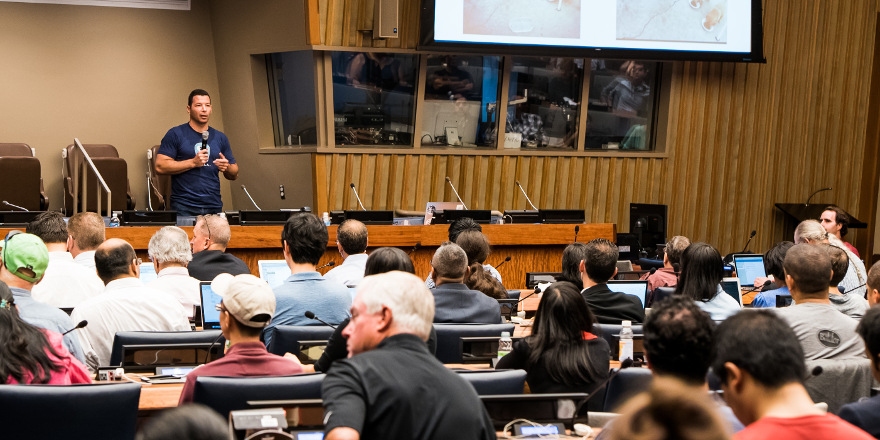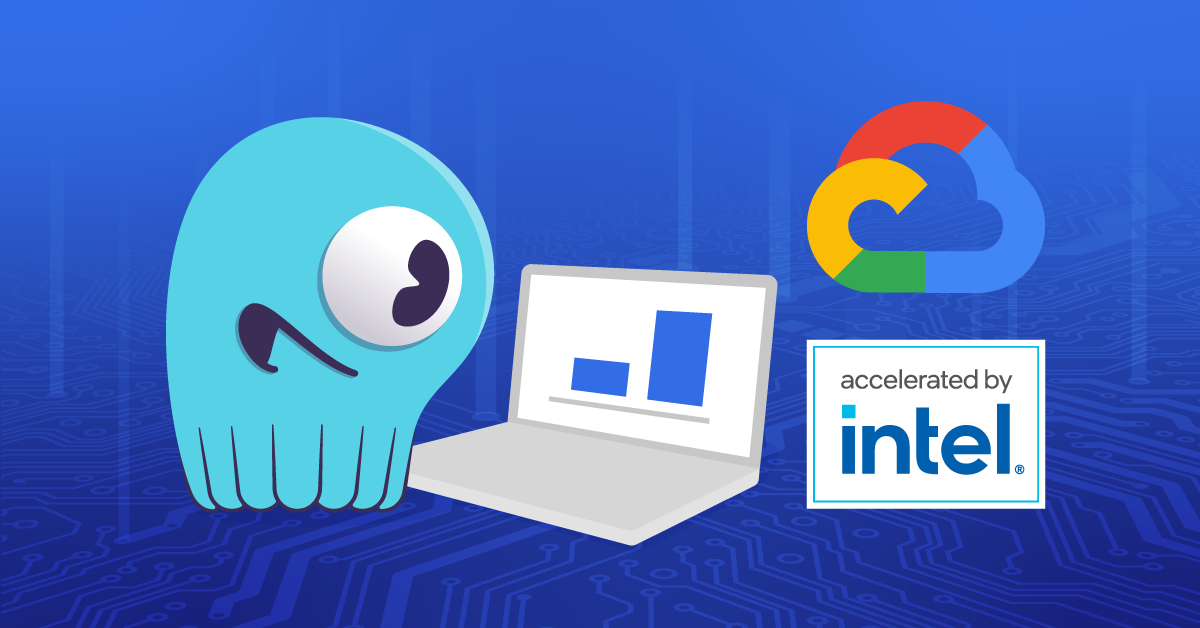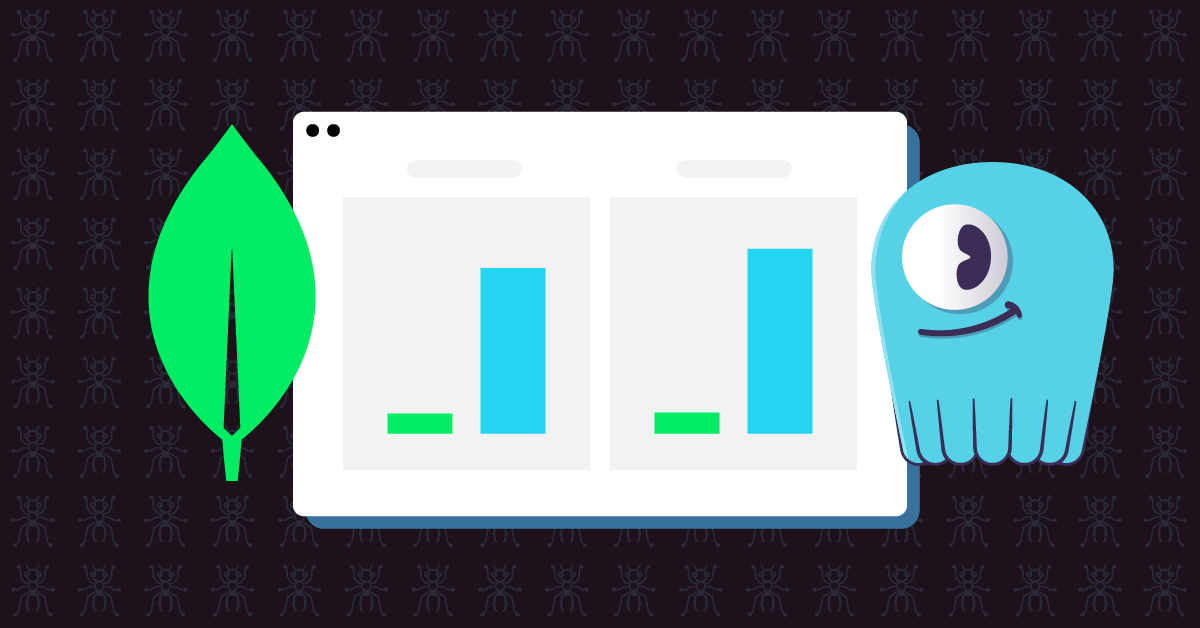
The ScyllaDB team has reached a major milestone this week. We announced the release of version 1.0 and pronounced ScyllaDB to be production ready. However, some early adopters have been using ScyllaDB in production for the past 3 months. Recently a ScyllaDB customer migrated a 30-node Cassandra cluster to ScyllaDB across 3 geographical data centers. ScyllaDB is being evaluated by Fortune 500 companies in the e-commerce, finance and mobile industries.
The value proposition of ScyllaDB is clear: An industry-leading high availability, high throughput, low latency database. We preserve the scale-out design of the Apache Cassandra project which is #1 in the industry in high availability and fault tolerance. A complete re-write in C++14, using fully asynchronous reactive themes and kernel bypass techniques allows us to demonstrate 10X throughput and latency advantages without a single downside.
You’re invited to read our latest YCSB benchmark results that show a 3-node ScyllaDB cluster can match a 30-node Cassandra cluster in terms of throughput, while providing a 4-10 times gain in 99th percentile latency. Rest assured that we can scale out as well. We run 30-node and 50-node clusters too. ScyllaDB scales up with your server resources. The larger the server, the better ScyllaDB performs. Previous results on SoftLayer using 28-core machine provided more than 1 million OPS/server (The schema was lighter too). Testing on smaller AWS VMs may reduce the gap to 2X-3X in throughput while the latency gap remains. Expect us to provide benchmarks on AWS soon, or better, publish your own.
Better performance and reduced cost of ownership is just one of the considerations for switching to ScyllaDB. Fewer nodes mean lower MTBF (mean time between failures). Alternatively you can keep the same number of nodes and increase your replication factor, split them into more data centers, cope with any spike in traffic and have no fear when you execute administrative operations (repair, compaction, auto scale) while the cluster is serving users.
Migrating and operating ScyllaDB is easy, as there is no need to choose a JVM, choose GC algorithm, reserve RAM for the page cache or the row cache, pick a compaction speed which isn’t too slow in order to make progress on one hand and not too high to hurt throughput on the other. We do all these automatically. More about our I/O scheduler will be detailed in our next blog entries.
Ever since the beta starting in September last year, we were focused on hardening and testing. ScyllaDB is a young project and it moves fast as we polish a few remaining rough edges and strive to reach full compatibility. In the upcoming 1.1 release we’ll close a few gaps requested by our users. On our roadmap we intend to gain full compatibility with existing Cassandra versions as well as newer ones. Beyond parity, we have lots of room for expansion. Expect better database core features as well as vertical features and even horizontal ones. The power of the Seastar engine paired with gossip can be applied on more domains.
Waiting for your download registration and GitHub feature requests, best regards,
Dor
Get started with ScyllaDB 1.0 here. If you have any questions about the new release, please post to the scylladb-users mailing list. Follow @ScyllaDB on Twitter or subscribe to this site’s RSS feed to keep up with future releases and news.




